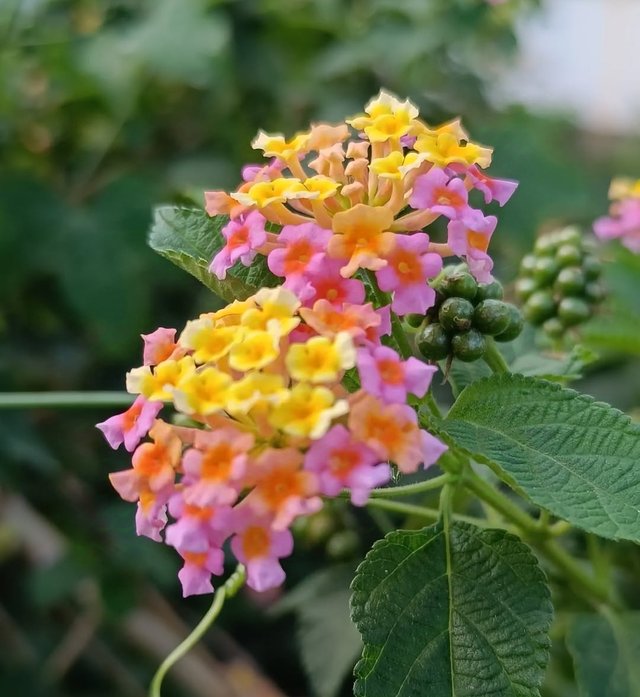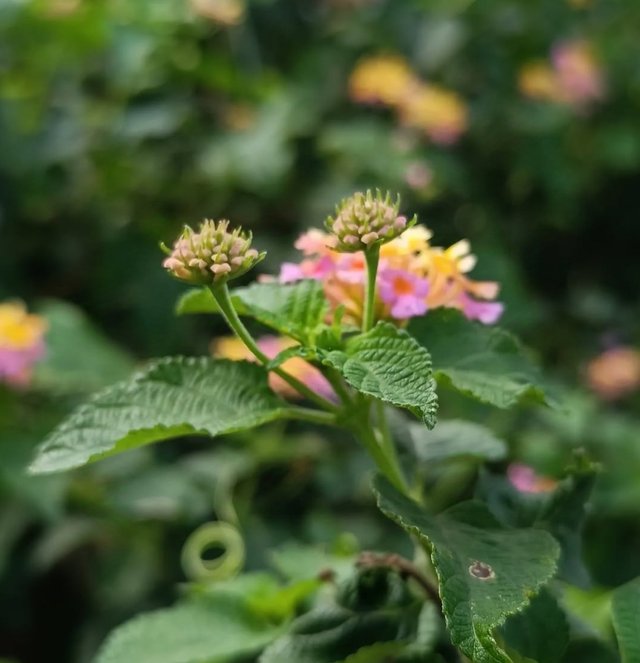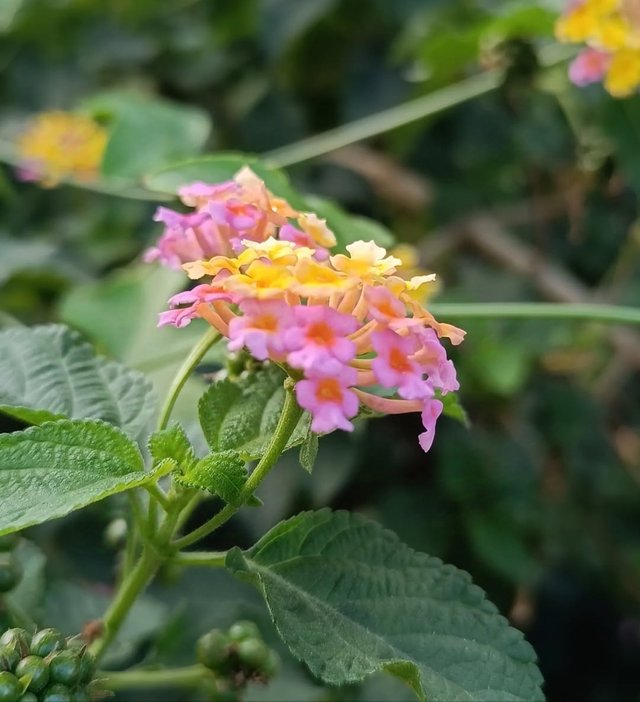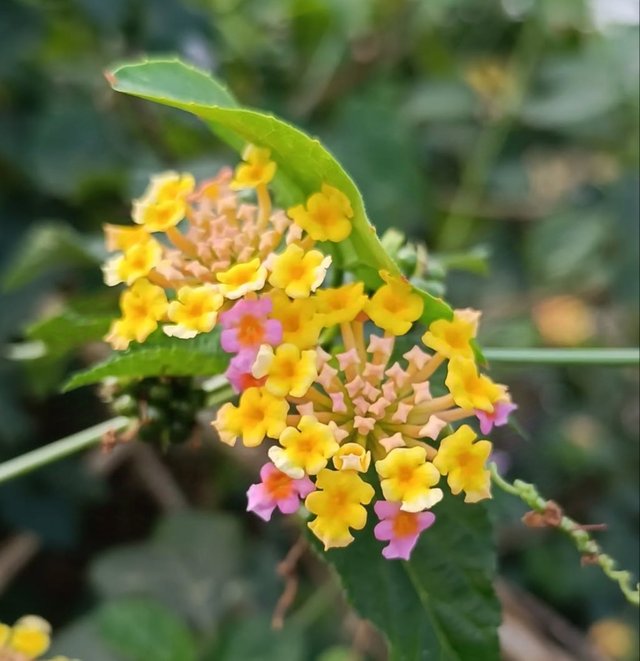A Detailed Look at West Indian Lantana
West Indian Lantana, a vibrant and hardy plant, is as captivating as it is controversial. Native to Central and South America, this flowering shrub has spread across tropical and subtropical regions worldwide, earning both admiration for its beauty and criticism for its invasiveness. This post delves into the plant's characteristics, ecological impact, uses, and management.
Description and Habitat
West Indian Lantana is a perennial shrub that grows up to 6 feet tall. Its hallmark feature is its brightly colored flowers, which can range from yellow and orange to pink, red, and purple. The flowers often change colors as they mature, adding to the plant's visual appeal. The leaves are ovate, rough-textured, and emit a pungent smell when crushed.
This plant thrives in a variety of habitats, including grasslands, forest edges, coastal areas, and disturbed lands. Its ability to withstand drought and poor soil conditions has enabled it to colonize areas where other plants might struggle.
Ecological Role and Invasiveness
While West Indian Lantana is a favorite among pollinators such as bees, butterflies, and birds, it is also considered one of the world’s worst invasive species. Its adaptability and aggressive growth often lead to the displacement of native flora, which can have cascading effects on local ecosystems.
The plant forms dense thickets that outcompete native vegetation for resources like sunlight, water, and nutrients. This can reduce biodiversity, alter fire regimes, and hinder agricultural productivity. In countries like Australia, India, and parts of Africa, it has become a major ecological concern.
Uses and Benefits
Despite its invasive nature, West Indian Lantana has various uses:
Ornamental Value: Its vibrant flowers make it a popular choice for gardens and landscaping.
Medicinal Properties: In traditional medicine, different parts of the plant are used to treat ailments such as fever, wounds, and gastrointestinal issues. However, caution is advised as some parts of the plant, particularly the unripe berries, are toxic to humans and livestock.
Pollinator Attraction: The plant is a magnet for pollinators, making it beneficial in gardens designed to support local wildlife.
Soil Stabilization: Its robust root system helps in controlling soil erosion, particularly in degraded landscapes.
Control and Management
Managing the spread of West Indian Lantana requires a combination of methods:
Mechanical Control: Regular removal by uprooting young plants can help prevent its spread. However, established thickets require more effort and may need machinery.
Chemical Control: Herbicides can be effective but should be used judiciously to avoid harming non-target species and the environment.
Biological Control: Natural enemies like specific insects and pathogens have been introduced in some regions to manage its growth. This approach requires careful monitoring to ensure it doesn't lead to unintended ecological consequences.




Thanks For Reading
Device Information
| Device | Redmi Note 10 Pro |
|---|---|
| Lens | 64 mp |
| Location | Bangladesh |
